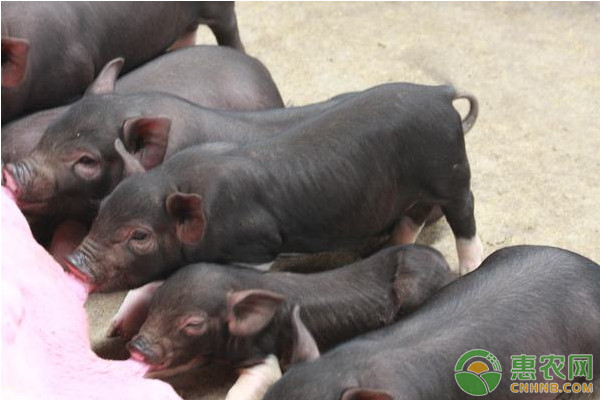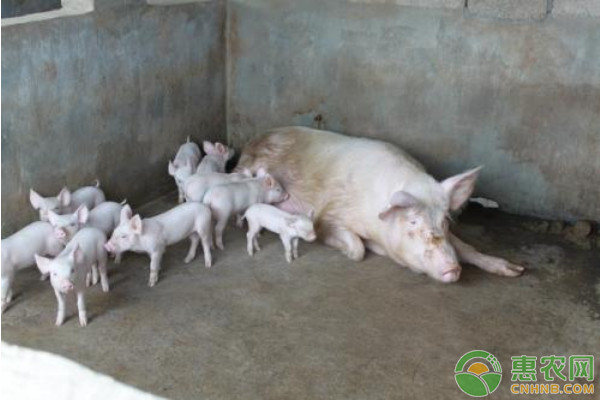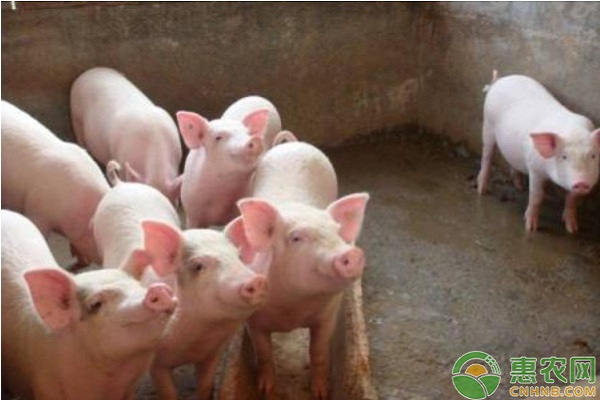Common pig disease in summer and its prevention and treatment plan
Generally speaking, in the process of raising pigs, summer is often the high incidence of disease. Because the summer climate is hot, the growth of pigs is affected to some extent, and many epidemic diseases occur frequently. If it is not timely, it is scientific and reasonable. Prevention and control, the speed of disease transmission and the high mortality rate will directly bring serious economic losses to farmers.

1 Streptococcus disease
1.1 Epidemiology
Streptococcus suis is a disease caused by streptococcal infection, which is common in pig breeding and has certain susceptibility to piglets, nursery pigs and finishing pigs. Clinically, it mainly manifests as meningoencephalitis type, sepsis type, suppurative lymph node inflammation type and arthritis type. Under normal circumstances, the piglet stage is mainly meningoencephalitis type and sepsis type, and the main stage of the childcare stage is mainly purulent lymphadenitis. The route of transmission of the disease is mainly through the contact of wounds in sick pigs.
1.2 Prevention and treatment plan
(1) Prevention program
For the prevention of the disease, we must first strengthen the daily feeding management of the pigs, and secondly, do the regular disinfection work of the pens. We must pay attention to the quality of the feed in the feeding selection of the feed to ensure that the feed is not fed. There will be mildew and deterioration. Once the pigs are found to have a streptococcal infection, the sick pigs must be kept in isolation and the pigs in their enclosures should be strictly disinfected.

(2) treatment plan
Penicillin is combined with streptomycin. The dose is controlled between 80 and 1.8 million units according to the weight and condition of the diseased pig. It is administered intramuscularly once a day for three consecutive days. According to the diseased pigs The weight and condition of the disease are controlled by a dose of erythromycin between 250,000 and 1.25 million units, diluted with 50 to 100 ml of a concentration of 5 percent of the carbohydrate solution, by intravenous injection, daily. Once, for three days in a row; according to the weight and condition of the diseased pig, the dose of compound sulfa-5-methoxypyrimidine is controlled between 5 ml and 20 ml, and intramuscularly, twice daily, continuously. The drug is used for three days; according to the weight and condition of the sick pig, the amount of smectin is used to control 1 to 2 mg per kilogram of body weight, and intramuscularly, twice daily for four to five days.
2 swine toxoplasmosis
2.1 Epidemiology
Toxoplasmosis in pigs is mainly a disease caused by Toxoplasma gondii infection. In the diseased pigs of the disease, the worms will adhere to them, and the disease belongs to the parasitic disease of humans and animals. Pigs at different stages are more susceptible to the disease, especially in the case of hot summer weather, which is more explosive. In pigs, toxoplasmosis can be transmitted through the placenta, birth canal, uterus and colostrum. At the same time, the infection and drinking water infected by Toxoplasma can directly infect the pig. In addition, the disease can also be transmitted through The respiratory tract and skin damage are transmitted, which shows that the disease is spread widely and spreads rapidly.
2.2 Prevention and treatment plan
(1) Prevention program
For the prevention of toxoplasmosis, it is mainly necessary to control the entry of poultry in the pig house to prevent the pollution of the feed and drinking water. At the same time, it is necessary to ensure the cleaning of the pens and avoid the pigs eating the garbage carrying parasites. For disinfection, disinfection can be carried out using 20% ​​lime water, 3% caustic solution and 1% lysine solution. In addition, in the summer breeding process, drugs can be used to prevent toxoplasmosis, such as Chinese medicine Daqingye and Fukang tablets for drug prevention.
(2) treatment plan
In the treatment of swine toxoplasmosis, the treatment of the disease is usually not effective. Therefore, it is necessary to find the sick pigs in time and treat them with early medication. Under normal circumstances, the following drugs are included: Dimethoxy The combination of pyrimidine and sulfamethoxazole is controlled according to the body weight and disease state of the diseased pig, and the dosage is controlled between 30 and 70 mg per kilogram of body weight, and intramuscular injection is performed once a day for three to five days; Trimethoprim is combined with sulfamethoxazole. The dosage is controlled to be between 30 and 70 mg per kilogram of body weight according to the weight and condition of the diseased pig. Intramuscular injection is used once a day for three to five consecutive doses. day.
3 pig erythroblastosis
3.1 Epidemiology
Porcine erythroblastosis is a heat and hemolytic infection that can be infected during the growth of pigs at different stages, with piglets having the highest prevalence. The disease has many transmission routes, mainly spread by sick pigs and sick pigs, including vertical transmission of mother and child. The high incidence of this disease in summer and autumn.

3.2 Prevention and treatment plan
(1) Prevention program
In the process of prevention of porcine erythroblastosis, the ectoparasites must be repelled in the pigs first; secondly, in the process of autonomous tailing and castration, disinfection must be done to ensure that in the process It will not be infected; it can also be added with appropriate drugs for prevention. Usually, oxytetracycline can be added to the feed. The dosage is controlled at about 800 grams per ton, which can prevent the red blood cell body of pigs and have a good preventive effect.
(2) treatment plan
When the disease is treated with drugs, it is usually treated with the following drugs: intramuscular injection of kanamycin injection for sick pigs at a dose of 40,000 units per kilogram of body weight, once daily, for three consecutive doses Day; intramuscular injection of oxytetracycline hydrochloride at a dose of 50 mg per kilogram of body weight, once daily, for three consecutive days.
In summary, in the breeding process of pigs, summer is often the high incidence of various infectious diseases. Farmers must do well in the prevention and treatment of related diseases in the summer to ensure the health of the herd and avoid bringing diseases to the breeding. The economic loss provides farmers with greater economic benefits and promotes the rapid development of the aquaculture industry.
Non Contact Thermometer Gun,Infrared Thermometer,Safety Infrared Thermometer
Dongguan Keyutai Mask Co., Ltd. , https://www.maskkytai.com